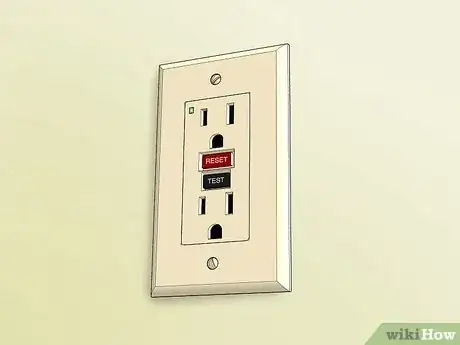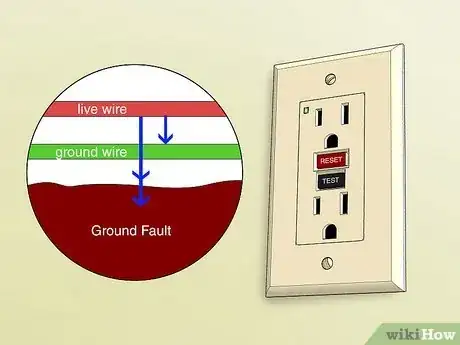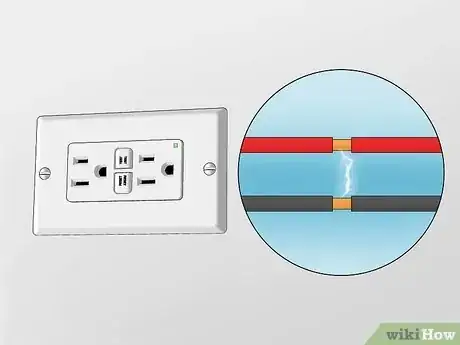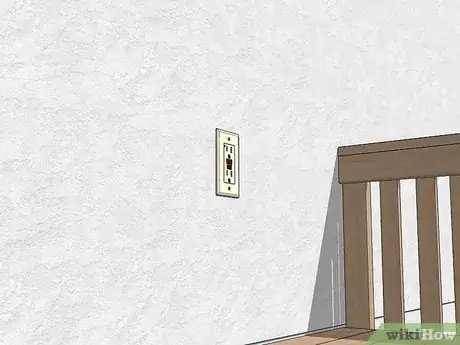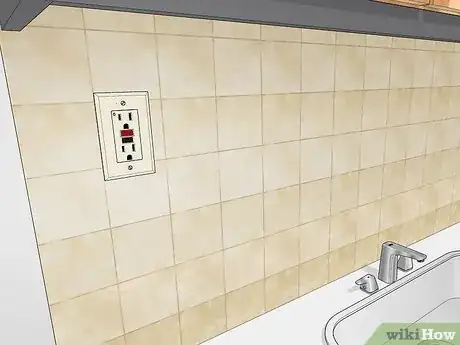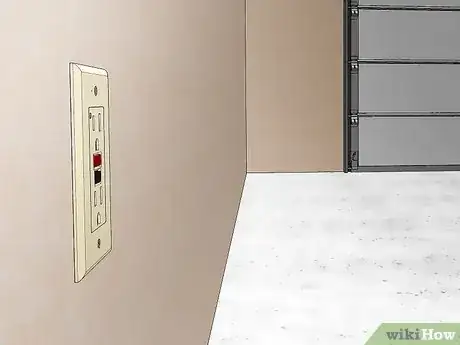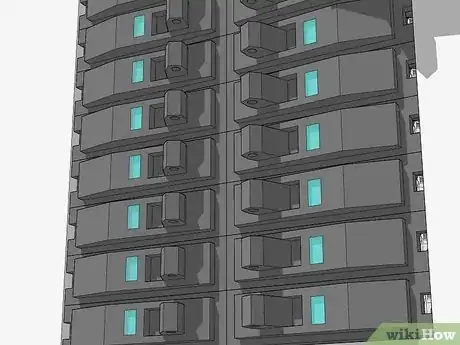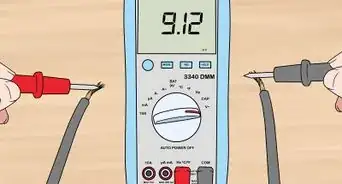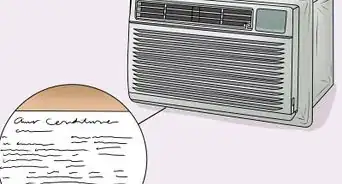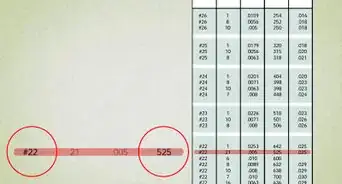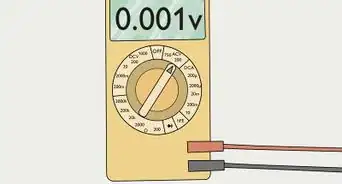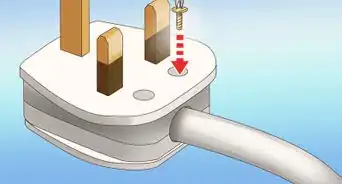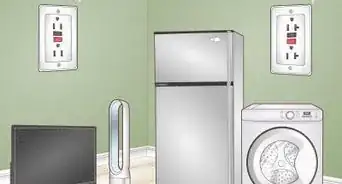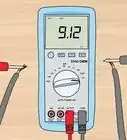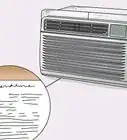This article was co-authored by Jesse Kuhlman and by wikiHow staff writer, Eric McClure. Jesse Kuhlman is a Master Electrician and the Owner of Kuhlman Electrician Services based in Massachusetts. Jesse specializes in all aspects of home/residential wiring, troubleshooting, generator installation, and WiFi thermostats. Jesse is also the author of four eBooks on home wiring including "Residential Electrical Troubleshooting" which covers basic electrical troubleshooting in residential homes.
If you’re doing some home renovation or an electrician has told you that your outlets are the wrong type, you may be a little lost in all of the acronym soup you’re seeing online. Mainly, you may be trying to figure out when you need a GFI or GFCI outlet. We know building codes and contractors don’t make things easy to understand, but we’re here to make sense of it for you. In this article, we’ll explain the differences between GFI, GFCI, and AFCI outlets and circuits so that you can ensure your home wiring is safe.
Things You Should Know
- GFI and GFCI outlets and breakers are identical; there is no meaningful difference between them.
- GFCI outlets automatically shut off the electrical circuit when they detect a fault or change in the electrical signal.
- AFCI outlets and breakers protect your circuits from arcs, which are strong electrical charges that can start fires.
- You must install GFCI outlets in any room where water may be present, including kitchens, bathrooms, basements, garages, and crawl spaces.
Steps
References
- ↑ https://www.ehs.washington.edu/system/files/resources/focus_gfci_kjh-final.pdf
- ↑ https://www.chainsawjournal.com/gfi-vs-gfci/
- ↑ https://www.cpsc.gov/s3fs-public/099_0.pdf
- ↑ https://www.afcisafety.org/afci/what-is-afci/
- ↑ https://www.cpsc.gov/s3fs-public/099_0.pdf
- ↑ https://www.cpsc.gov/s3fs-public/099_0.pdf
- ↑ https://www.cpsc.gov/s3fs-public/099_0.pdf
- ↑ https://www.cpsc.gov/s3fs-public/099_0.pdf
- ↑ https://www.nahb.org/-/media/NAHB/advocacy/docs/top-priorities/codes/arcfault-circuit-interrupters/afci-and-gfci-requirements-by-state-dec2020.pdf
